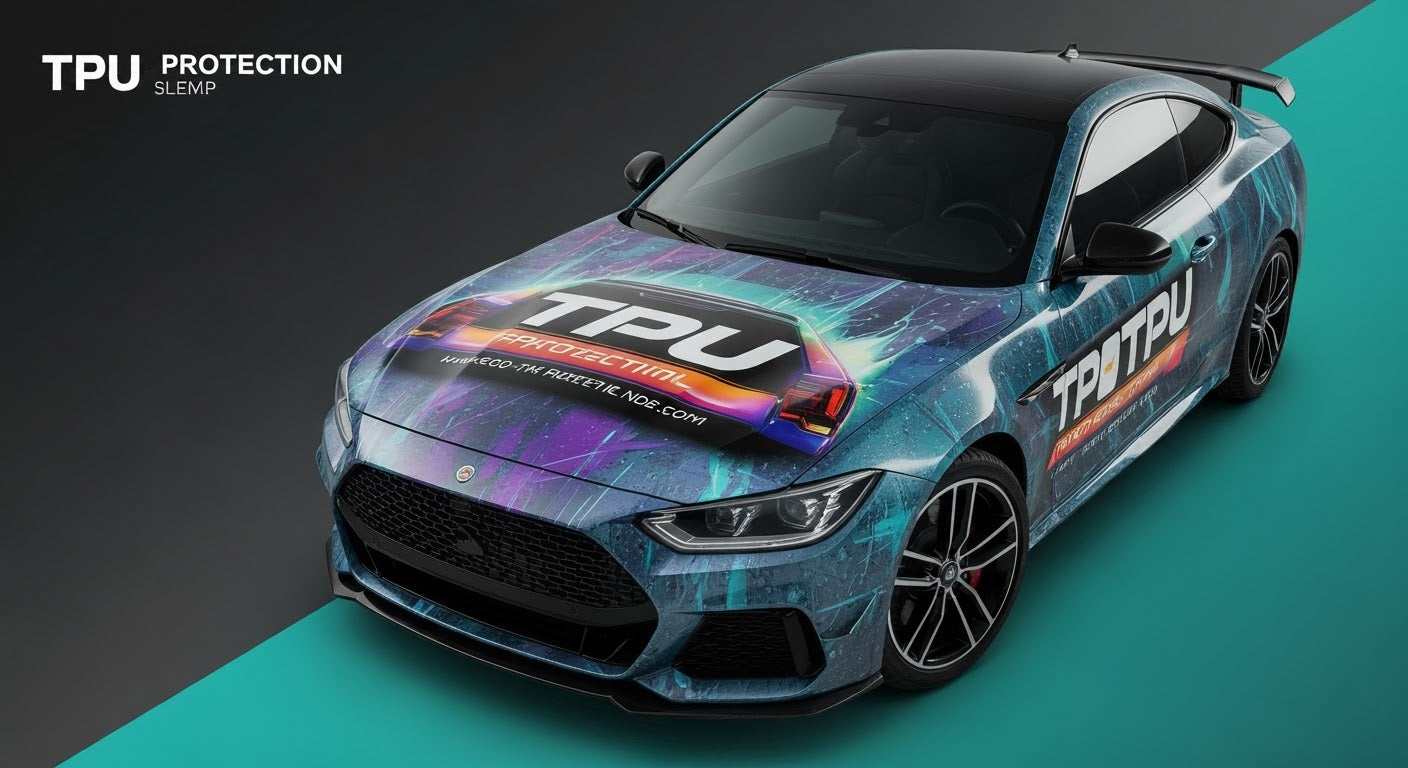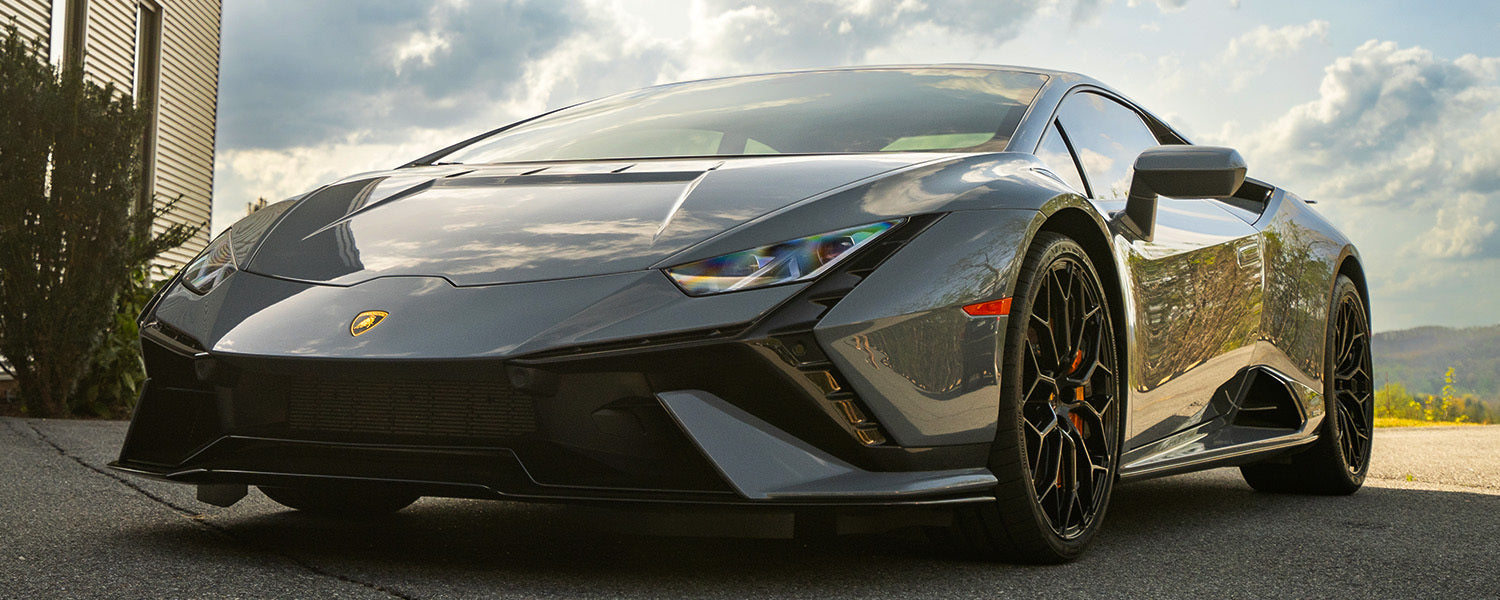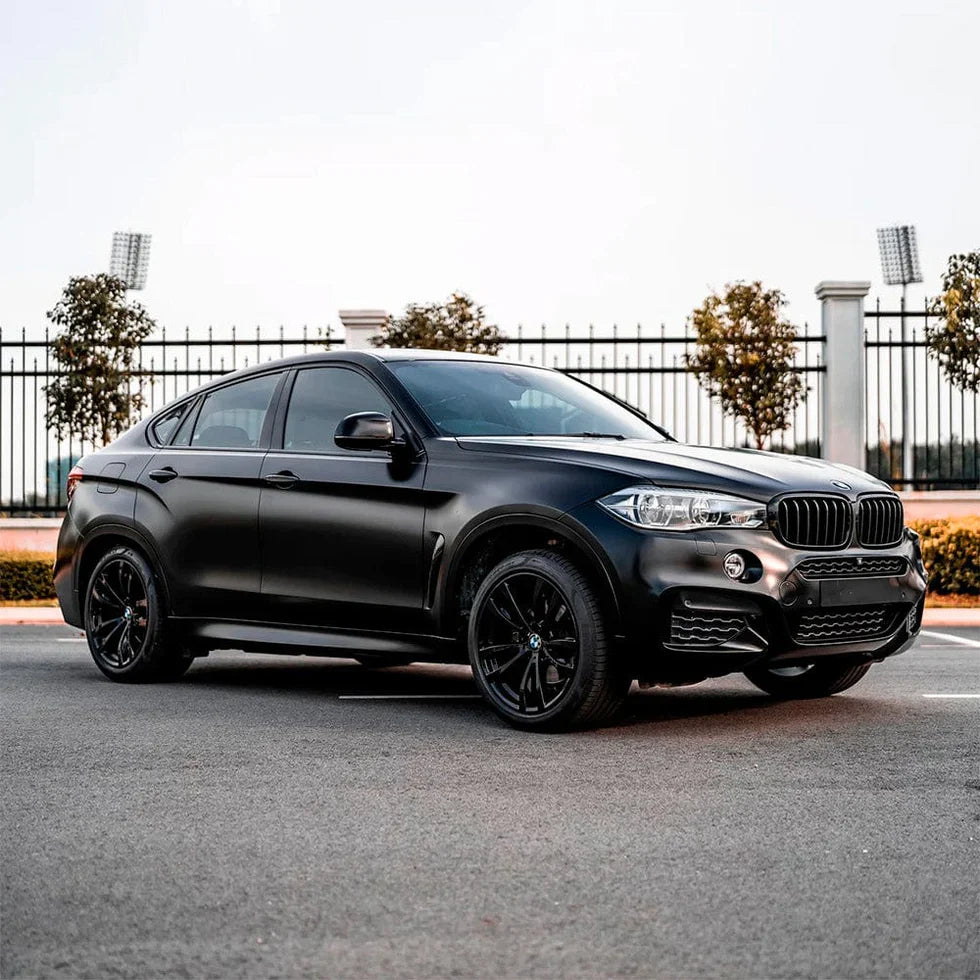For many car owners in the U.S., especially those who invest in high-end vehicles or take pride in keeping their cars in pristine condition, one common question is: “Is paint protection film (PPF) really worth it?”
Understanding the Value
PPF acts as a nearly invisible shield, protecting your car’s paint from rock chips, minor scratches, swirl marks, bug splatter, and environmental contaminants. It’s particularly valuable for daily drivers, long-distance commuters, or people living in areas with rough roads or extreme climates.
Cost vs. Benefits
While the upfront cost of PPF installation can be significant, ranging from $1,000 to $5,000 depending on coverage and film quality, the long-term benefits include reduced paint repair costs, higher resale value, and a consistently glossy appearance.
Who Should Get It?
PPF is ideal for new vehicle owners, luxury car drivers, or anyone who wants to maintain a factory-fresh look for years. It’s also a solid investment for leased vehicles where paint damage can result in extra charges.
Conclusion
When viewed as long-term insurance for your vehicle’s appearance, Paint Protection Film offers peace of mind, savings, and pride of ownership.
Blog 2: How Does Paint Protection Film Work? The Science Behind the Shine
Paint Protection Film isn’t just a fancy plastic wrap for your car—it’s advanced technology that acts as a second skin for your vehicle’s exterior.
What is TPU-Based PPF?
Modern PPFs are made from thermoplastic polyurethane (TPU), a flexible, durable material known for its self-healing properties. That means minor scratches and swirls disappear with heat exposure—from the sun or a heat gun.
Multi-Layer Protection
High-quality PPF typically features:
-
A top coat that resists stains and enhances gloss
-
A self-healing layer for minor abrasions
-
A TPU core for impact resistance
-
Adhesive that bonds firmly without damaging paint
Performance in Real-World Conditions
TPU PPF offers superior resistance to bird droppings, tree sap, road salt, and even light hail. It protects your paint against UV rays and oxidation, keeping colors vibrant for years.
Why It Matters
Understanding the science behind PPF helps car owners appreciate not just the aesthetic benefits but also the technical precision involved in protecting your investment.
Blog 3: Paint Protection Film vs. Ceramic Coating: Which One Do You Need?
Ceramic coatings and paint protection film are often confused, but they serve different purposes. Here’s a clear breakdown to help you decide.
What Is Ceramic Coating?
Ceramic coating is a liquid polymer applied to your car’s surface that chemically bonds with the factory paint. It provides water beading, shine, and resistance to light contaminants.
What Is PPF?
PPF is a physical film applied over the paint that defends against scratches, chips, and heavy contamination. It also has self-healing properties.
Side-by-Side Comparison:
-
Scratch Resistance: PPF > Ceramic
-
Hydrophobic Effect: Ceramic > PPF
-
Impact Protection: PPF only
-
Gloss & Shine: Both (depends on product quality)
-
Longevity: PPF (up to 10 years), Ceramic (2-5 years)
Can You Use Both?
Yes! Apply PPF first, then top it off with a ceramic coating for the best of both worlds: ultimate protection and easy maintenance.
Blog 4: Common Myths About Paint Protection Film – Debunked
PPF has come a long way, but many myths still linger. Let’s bust some of the biggest misconceptions.
Myth 1: PPF Turns Yellow Over Time
Old films may have yellowed due to UV exposure, but today’s premium TPU films are UV-resistant and maintain their clarity for years.
Myth 2: It Peels or Bubbles Easily
When installed by certified professionals, PPF bonds seamlessly to the car’s surface. Peeling or bubbling typically results from poor prep or low-quality film.
Myth 3: You Can’t Wash or Wax a Car with PPF
False! You can wash and wax your vehicle like normal. In fact, you can even apply ceramic coating on top of PPF for added benefits.
Myth 4: It’s Only for Expensive Cars
While luxury car owners are often early adopters, PPF is a smart choice for anyone who wants to keep their car looking its best, regardless of make or model.
Final Thought
Don’t let outdated myths prevent you from protecting your investment. Modern Paint Protection Film is durable, reliable, and more advanced than ever.






Share:
How Does Paint Protection Film Work? The Science Behind the Shine
How to wrap a car?